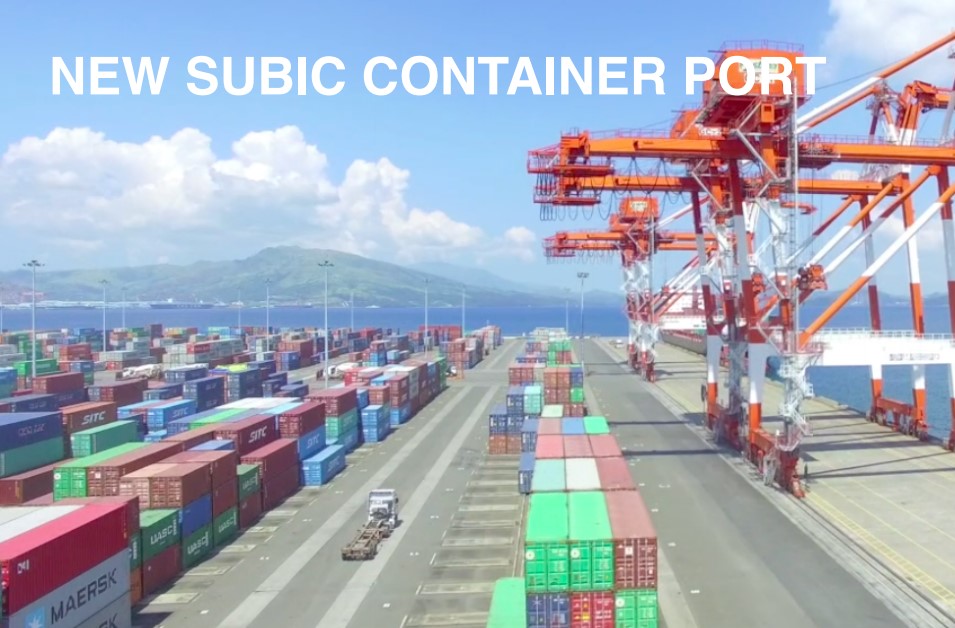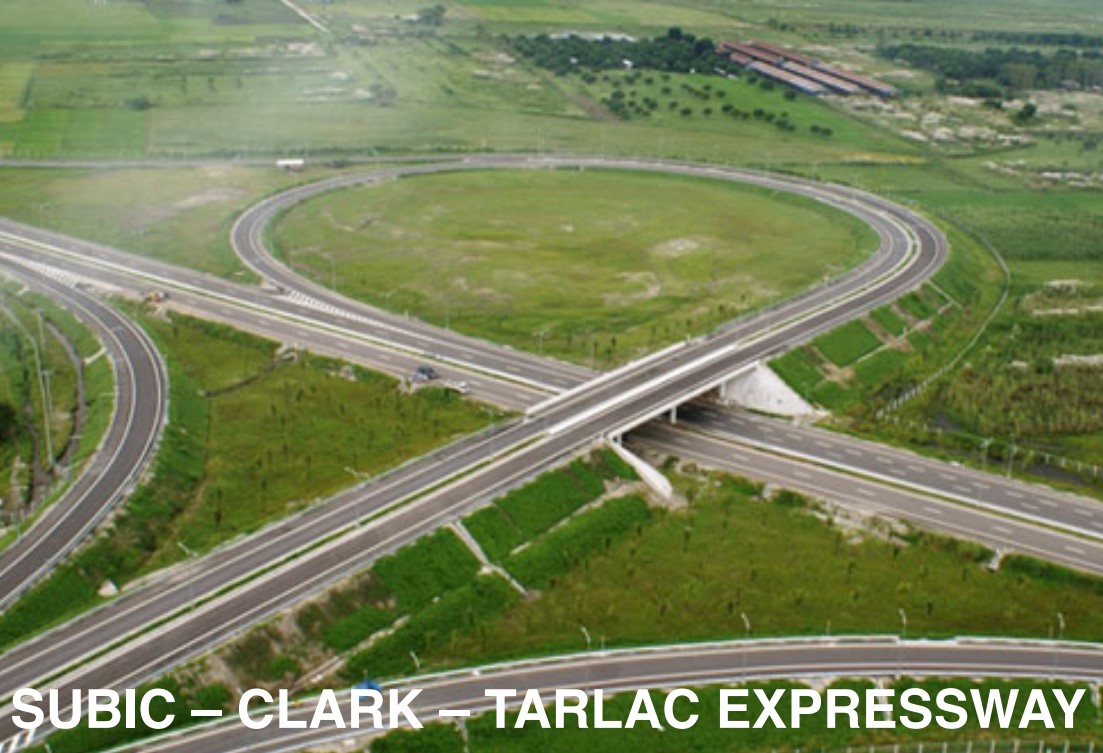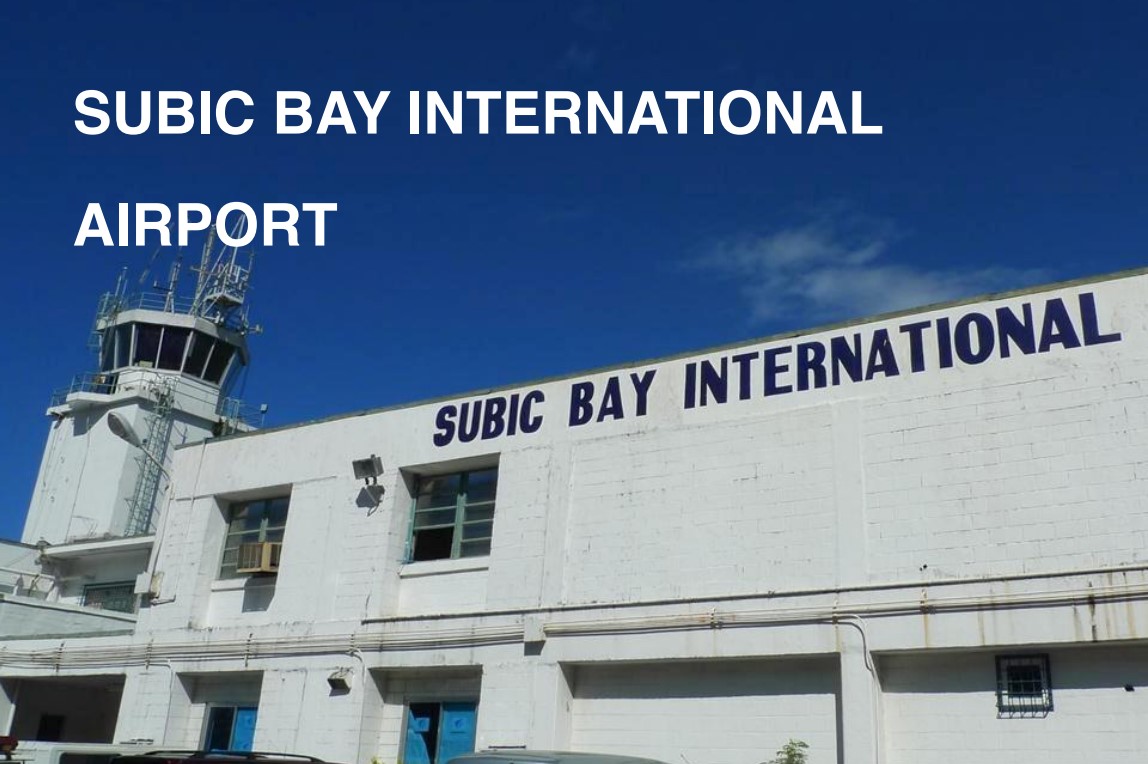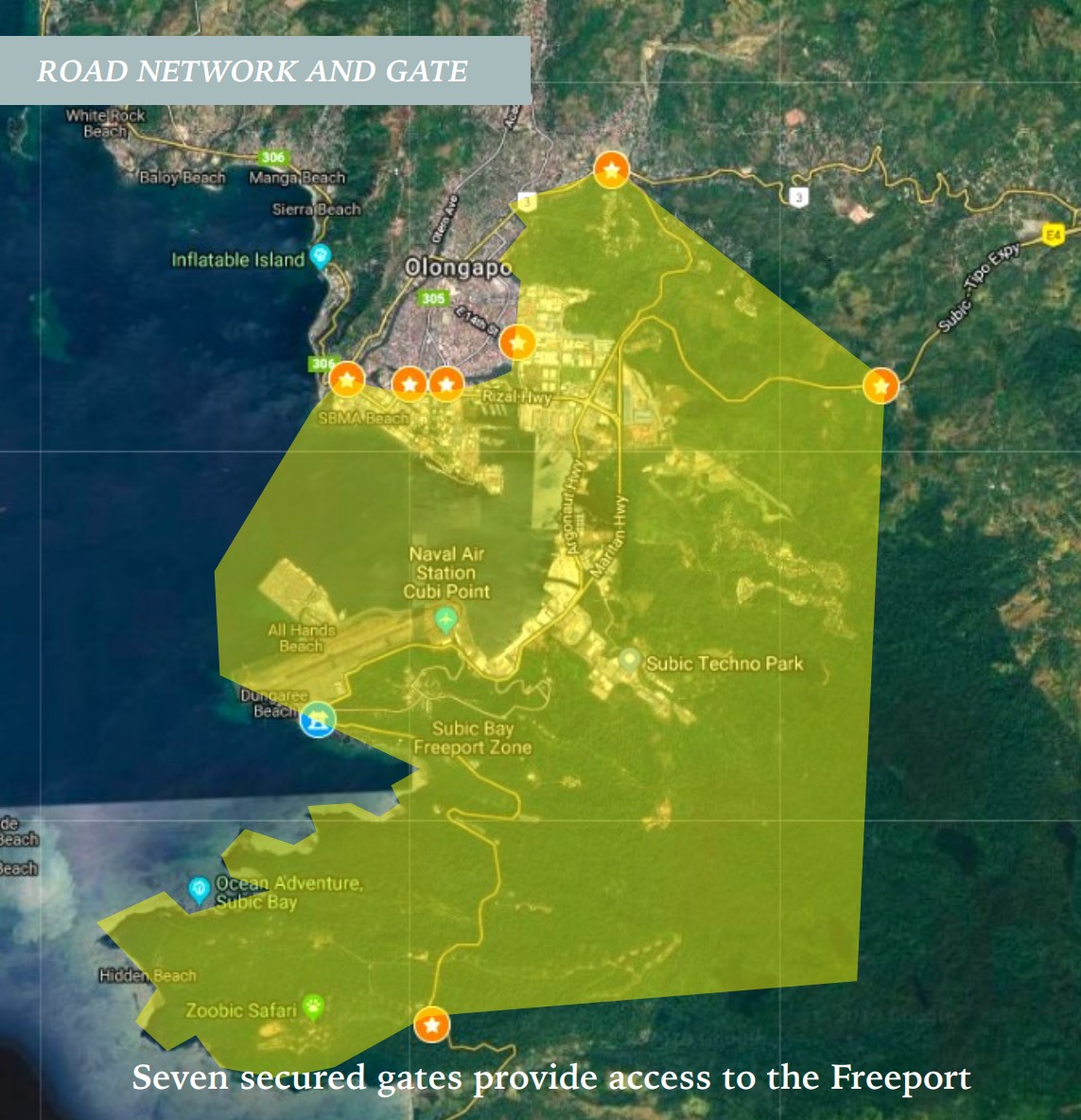INFRASTRUCTURE
Subic Container Port
The New Subic Container Port is now ready to pursue its goals of decongesting the ports in Manila and boosting economic activities in Subic and Clark Freeports and Bataan and Tarlac Special Economic zones.
It is technologically advanced container terminals in the Philippines, as well as an operational piers and wharves plus modern terminal’s for cruise ships, fertilizers, grains and general containerized cargo.


Subic-Clark-Tarlac Expressway
Subic-Clark-Tarlac Expressway is 93.77 kilometers, 4 – lane world class highway, built with the objective of connecting the seaport of Subic Freeport at to Tarlac Special Economic Zone. The Expressway will boost the development of Central Luzon Region which includes the provinces of Zambales, Bataan, Bulacan, Pampanga, Nueva Ecija and Tarlac.
Subic International Airport
Subic International Airport serves as a secondary airport and a main diversion airport of the Ninoy Aquino International Airport. This airport was previously Naval Air Station Cubi Point of the United States Navy. It is a modern international airport with 10,000 sqm passenger terminal, capable of handling 700 passenger at any given time and featuring the very latest technology.


Road Network and Gate
First class infrastructure worth US$ 8 Billion has been left behind by the US Navy and are being maintained and modernized by the SBMA including well maintained roads. The internal road network allows total accessibility to all land parts of Subic Bay.
Seven secured gates provide access to the Freeport – Tipo Gate, Kalayaan Gate, Morong Gate, Kalaklan Gate, Main Gate, Rizal Gate and 14th Gate. Tipo Gate and Kalayaan Gate lead to Manila, Morong Gate to Bataan, Kalaklan Gate to Zambales and Main Gate, Rizal Gate and 14th Gate to Olongapo City. The Kalaklan Bridge and Security Plaza was opened in 2011 to motorists and pedestrians. It can accommodate cargo and trailer and heavy equipment.



